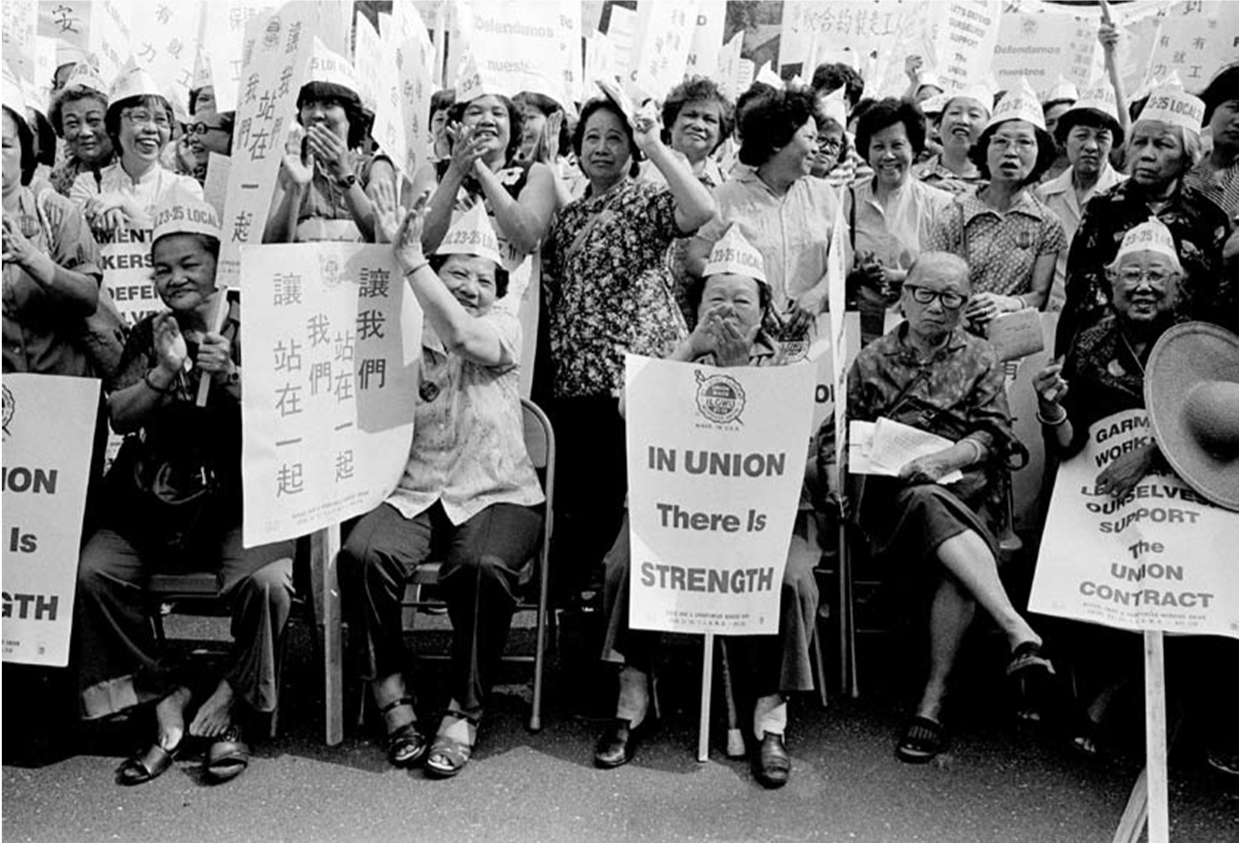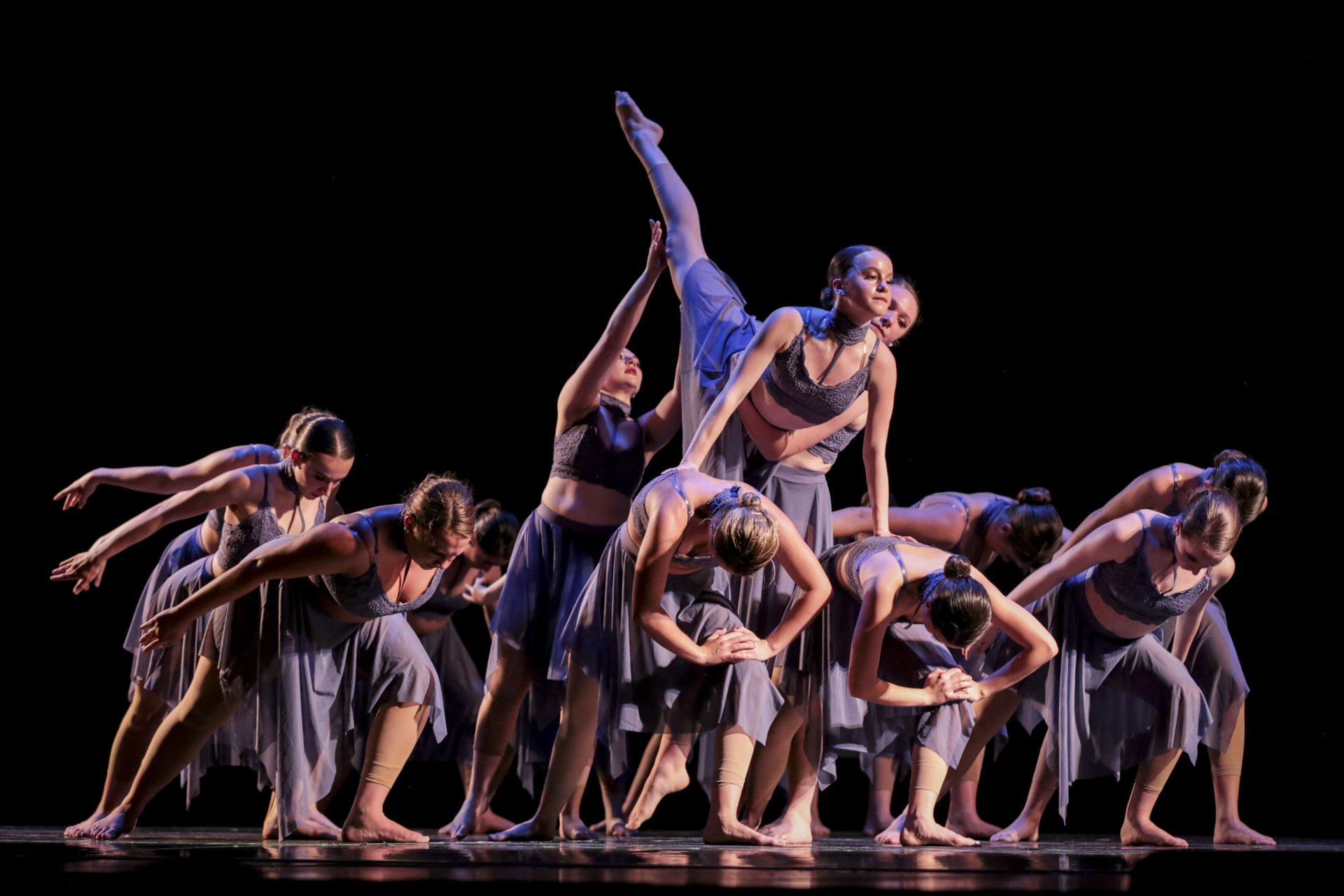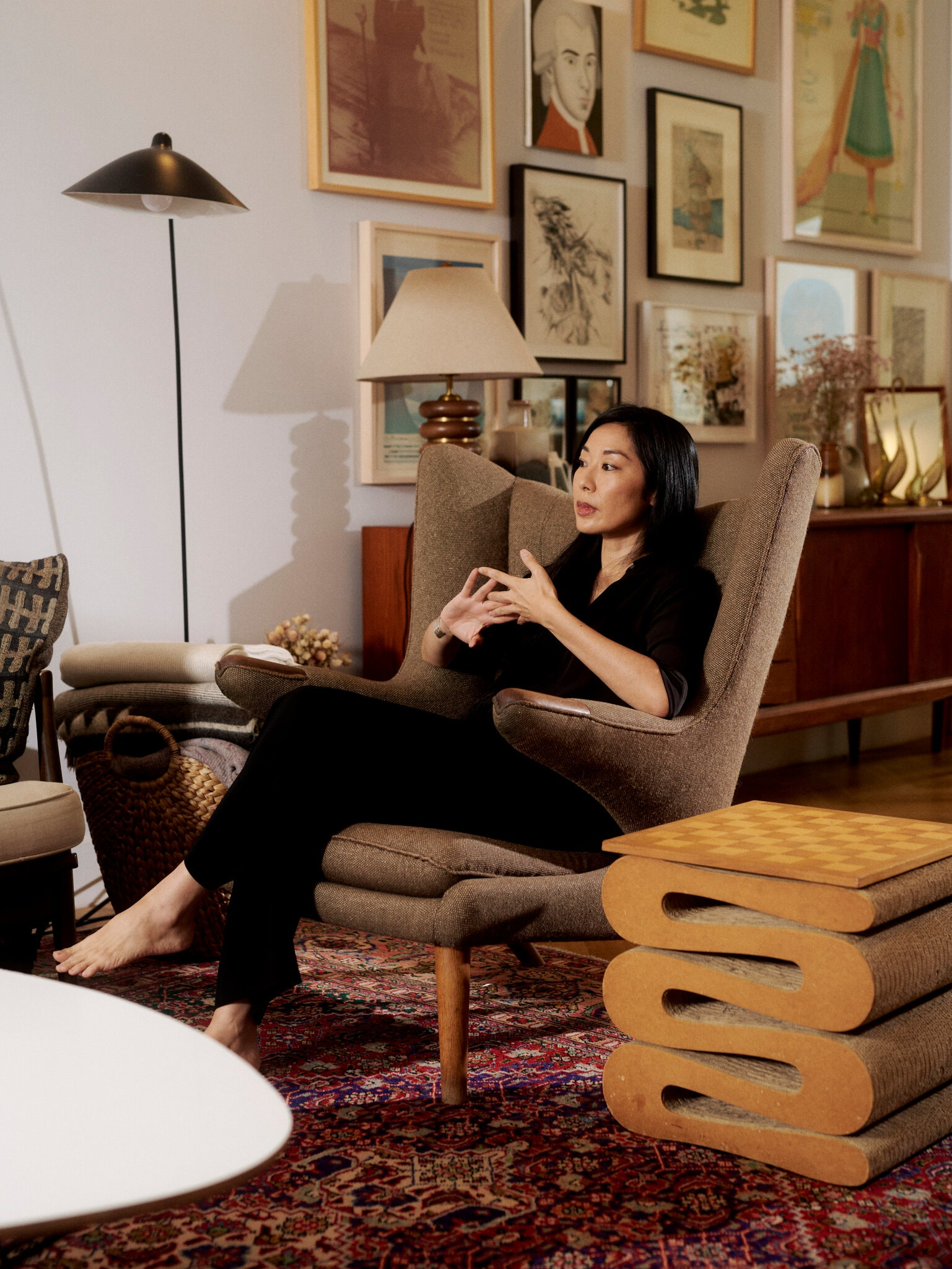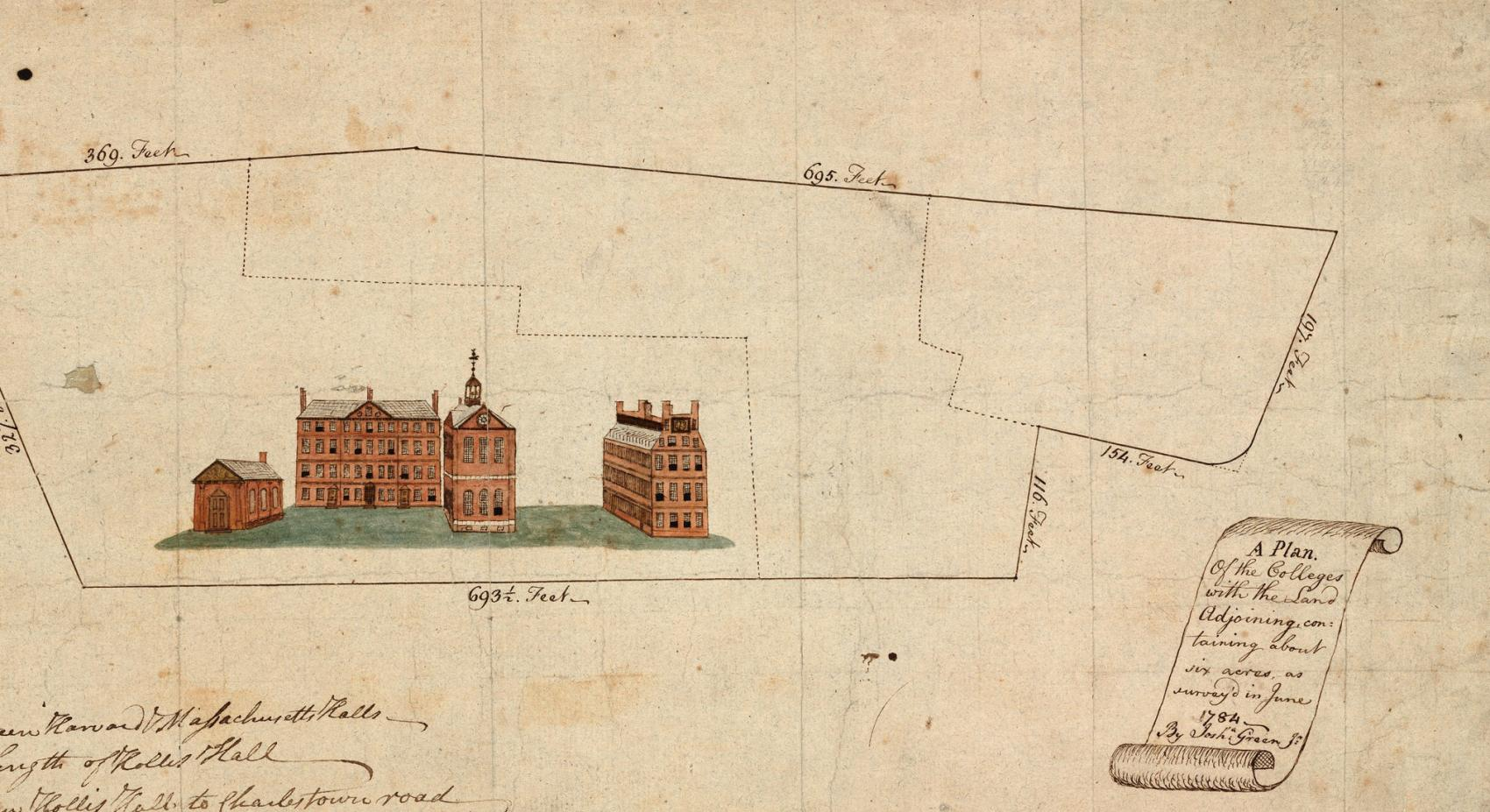Asian American women’s history is a vital yet often overlooked aspect of the broader narrative of American history. Despite their significant contributions, the stories of Asian American women have frequently fallen into what is termed ‘invisible history,’ where their experiences are marginalized or erased. A new exhibit at the Schlesinger Library aims to spotlight these narratives, showcasing artifacts that highlight both the triumphs and struggles faced by these women throughout the past 150 years. From the haunting images of Ainu and Visayan women from the 1904 St. Louis World’s Fair to the complex legal battles fought by figures like Ah Fong, this exhibition seeks to reclaim and amplify their voices. The collaborative efforts of students and archivists not only reinforce the need for these histories to be included in women in archives but also challenge viewers to reconsider the cultural erasure that has shaped perceptions of Asian American women.
The history of women from Asian descent in America is crucial to understanding the country’s diverse tapestry. Alternative phrases like Asian diasporic women’s narratives and the challenges they faced illuminate the complex interplay of race, identity, and societal expectations. The Schlesinger Library’s recent exhibit invites audiences to delve into these narratives, which have often been relegated to the sidelines. By examining the lives and struggles of these women, we can begin to address the cultural erasure that has historically occurred and recognize their rightful place in the annals of American history. As histories unfold, it becomes clear that the stories of Asian American women are not only relevant but essential in painting a complete picture of our collective past.
The Importance of the Schlesinger Library Exhibit
The Schlesinger Library’s exhibit, titled “Illuminate: Contextualizing Asian American Women’s Stories Through the Archives,” shines a necessary light on the contributions and struggles of Asian American women, whose narratives have been historically overlooked. Curated with the involvement of students and scholars, the exhibition not only showcases significant archival materials but also invites viewers to reflect critically on the representation and visibility of these women’s lives. By focusing on artifacts from as early as the 1904 World’s Fair, it emphasizes the need to reclaim the lost stories of individuals who were often treated as mere subjects of curiosity rather than recognized for their richness as historical figures.
This collaborative effort highlights a broader trend in history where various narratives intersect, particularly those related to marginalized groups. The exhibit aims to demonstrate that Asian American women’s contributions span over a century, touching on various aspects such as arts, culture, and social justice. The approach encourages viewers to confront the ‘invisible history’ that characterizes much of the documentation available, pushing for a more inclusive understanding of American history that recognizes the impact of Asian American women.
Asian American Women’s History in Focus
Asian American women’s history is a crucial yet often neglected aspect of the wider historical narrative. The Schlesinger exhibit has generally succeeded in unearthing the stories of women whose lives have been relegated to the background, effectively tackling issues of cultural erasure. For instance, the display includes powerful artworks and personal stories that illustrate the resilience and agency of Asian American women throughout history. Such representations challenge longstanding stereotypes and bring forth the voices of those who have traditionally been silenced or overshadowed.
Furthermore, the educational aspect of the exhibit, which involves student participation, works toward rectifying the historical record. Students were encouraged to research various archival materials, leading to discourses around erasure and visibility, as well as the ongoing relevance of these narratives in today’s activism. In doing so, the Schlesinger Library is not merely a repository of the past but is actively involved in shaping the future understanding of Asian American women’s contributions, ensuring they are no longer an ‘invisible history’ but a vital part of American identity.
Advocating for Representation of Asian American Women
The need for archival representation of Asian American women extends beyond the confines of the Schlesinger Library exhibit. It speaks to a wider cultural phenomenon where stories of women from these communities have been systematically marginalized, leading to cultural erasure. Exhibitions like “Illuminate” are essential in advocating for broader visibility, showcasing how these narratives enrich the tapestry of American history. For example, through the lens of social movements, Asian American women have often been at the forefront, fighting for their rights and justice, yet their contributions remain largely unrecognized in mainstream discussions.
As ongoing research continues to unearth hidden histories, it becomes increasingly clear that the empowerment of Asian American women in archival spheres is crucial. Whether it’s by spotlighting the achievements of historical figures or presenting a diverse range of documents, these elements foster a deeper understanding of how Asian American women have shaped contemporary society. Ultimately, fostering this recognition helps dismantle hierarchical structures and challenges the prevailing narratives that have often sidelined these essential stories.
Understanding Cultural Erasure Through Archives
Cultural erasure, particularly in the context of Asian American women, underlines the importance of preserving and presenting diverse archival materials. Many artifacts showcased in the Schlesinger Library’s exhibit exemplify instances where stories were lost or misrepresented due to systemic biases. By examining these artifacts and the circumstances under which they were created, visitors gain insight into the societal structures that have rendered certain histories invisible. This critical analysis is not just about recognition but also about understanding the broader implications of how history is documented and remembered.
The exhibition invites viewers to question why Asian American women’s stories have been sidelined in both academic and cultural narratives. By doing so, it highlights the role of archivists in curating a more holistic historical record. As collections expand and new research unearths previously overlooked narratives, it becomes clear that addressing cultural erasure is a shared responsibility among scholars, educators, and community members. By presenting these narratives through exhibits, like the one at the Schlesinger Library, we pave the way for a richer, more inclusive discourse on American history.
The Role of Student Collaboration in Reclamation of Stories
The collaboration between students and archivists in creating the exhibit at the Schlesinger Library serves as a powerful model for integrating academia with community history. This hands-on experience allows students to engage directly with archival materials, fostering a deeper appreciation for the complexity of Asian American women’s histories. By researching and presenting these stories, students not only contribute to the reclamation of these narratives but also enhance their own understanding of social justice and history. This educational model proves to be an effective strategy in both preserving and amplifying often-neglected stories.
Such student-led initiatives can pave the way for future endeavors, encouraging a new generation of historians to continue exploring the rich legacies of Asian American women. These efforts are essential for building a comprehensive historical narrative that recognizes the pivotal roles these women have played across various arenas. By involving students in the process of uncovering and documenting these stories, educational institutions can ensure that the complexities of Asian American women’s experiences are duly acknowledged and celebrated.
The Impact of Art in Archival Exhibits
Art plays an integral role in transforming how we engage with history, particularly in the context of exhibitions like “Illuminate” at the Schlesinger Library. The incorporation of contemporary art, such as the commissioned work by Taiwanese-American artist Shaina Lu, enhances the storytelling aspect of the archives. Her translucent illustrations serve not only as aesthetic enhancements but also as metaphors for the layers of history that often obscure the truth about Asian American women’s experiences. Art becomes a medium through which past and present dialogues occur, compelling viewers to reconsider their understanding of history.
Moreover, the use of art in archival exhibits creates an emotional connection, inviting audiences to empathize with the lives and struggles of those represented. By contextualizing photographs, documents, and narratives within artistic frames, the exhibit broadens the scope of discussion, urging visitors to reflect on the socio-political dynamics that shaped these women’s realities. The synergy between visual art and archival storytelling emphasizes the importance of creative expression in preserving the legacy of Asian American women, making their histories not just visible but also impactful.
Challenging Historical Narratives of Asian American Women
The exhibit at the Schlesinger Library confronts conventional historical narratives by highlighting the often overlooked or misrepresented roles of Asian American women. As the exhibition showcases a spectrum of artifacts – from political posters to personal zines – it challenges visitors to rethink their perceptions of Asian American women’s contributions. By presenting these diverse materials, the exhibit sheds light on the multifaceted identities of these women and their active participation in shaping American culture and politics throughout history.
This re-examination of historical narratives is pivotal in creating a more nuanced understanding of the role of Asian American women in the broader context of U.S. history. It invites audiences to reflect on the interconnectedness of personal and collective stories and how they converge within the historical framework. As a result, the exhibit not only serves as an educational tool but also as a transformative space where narratives can evolve, allowing for a richer appreciation of the journeys and triumphs of Asian American women.
Future Directions for Archival Practices
In recognizing the gaps present in historical documentation, the Schlesinger Library exhibit opens discussions about future directions in archival practices regarding Asian American women. Curator Victor Betts emphasizes the need for continued expansion of collections to ensure diverse representations. By actively seeking to include more materials that reflect Asian American women’s lived experiences, archivists and historians can contribute to a more equitable historical narrative that encompasses various voices and perspectives.
As newer methodologies and technologies emerge in the field of archival science, there lies an opportunity to innovate how stories are collected, preserved, and presented. Engaging communities in the archival process, through initiatives like workshops and collaborative projects, can facilitate a more inclusive documentation process. Ultimately, as institutions recognize the importance of diverse narratives, the future of archival practices promises to not only preserve history but also embolden those often left out of the conversation.
The Continuing Relevance of Asian American Women’s Stories
As society grapples with issues of representation and equity, the stories of Asian American women maintain a compelling relevance. The Schlesinger Library exhibit encapsulates these themes by presenting historical artifacts that speak to contemporary struggles faced by these communities. The presence of Asian American women within various social movements highlights how their contributions are vital to understanding both the past and present of America. By emphasizing their stories, we recognize the interconnectedness of struggles across different marginalized identities.
Furthermore, as narratives of resistance and resilience continue to emerge, it becomes increasingly important to keep these stories alive in cultural discourse. The exhibit serves as a reminder of the ongoing efforts to reclaim and celebrate Asian American women’s histories, urging communities to recognize their role in shaping social justice movements today. By fostering awareness and appreciation for these stories, we not only honor the past but also pave the way for future advocacy and solidarity.
Frequently Asked Questions
What is the significance of the Schlesinger Library exhibit on Asian American women’s history?
The Schlesinger Library’s exhibit, titled ‘Illuminate: Contextualizing Asian American Women’s Stories Through the Archives,’ highlights the often-overlooked narratives of Asian American women. By featuring artifacts ranging from photos to historical documents, the exhibit underscores the cultural erasure these women have faced and seeks to give visibility to their contributions throughout American history.
How does the Schlesinger Library’s exhibit address the theme of cultural erasure in Asian American women’s history?
The exhibit tackles cultural erasure by presenting stories and artifacts that reflect the marginalization of Asian American women’s history. It encourages visitors to rethink preconceived notions about these women’s roles, showcasing their historical significance through archival materials and personal narratives that have been largely forgotten or neglected.
What types of artifacts are included in the Schlesinger Library exhibit on Asian American women’s history?
The exhibit includes a diverse range of artifacts such as photos of Ainu and Visayan women, political posters, comic books, zines, and archival documents. These items illustrate the multifaceted experiences of Asian American women and serve as a means to explore their historical impact and presence in American society.
How do student collaborations enhance the understanding of Asian American women’s history in the Schlesinger Library exhibition?
Student collaborations enrich the exhibit by allowing fresh perspectives and research to emerge. By engaging with archival materials, students uncover stories of resilience and activism among Asian American women, promoting a deeper understanding of their historical context and contributions, as seen in their research during the related undergraduate course.
What historical events are connected to the narratives presented in the Schlesinger Library exhibit on Asian American women’s history?
The exhibit connects Asian American women’s narratives to historical events such as the Chinese Exclusion Act, Japanese American internment, the Civil Rights movement, and recent anti-Asian violence during the COVID-19 pandemic. These connections demonstrate how Asian American women have been instrumental in advocating for justice and civil rights throughout U.S. history.
Why is the exhibit titled ‘Illuminate’ in relation to Asian American women’s history?
The title ‘Illuminate’ reflects the exhibit’s goal to shed light on the invisible or overlooked histories of Asian American women. It symbolizes the effort to bring these stories into public awareness and highlight their significance within the broader context of American history.
What role do archives play in preserving Asian American women’s histories according to the Schlesinger Library exhibit?
Archives play a crucial role by preserving the stories and experiences of Asian American women that would otherwise remain hidden. As the Schlesinger Library exhibit illustrates, these archives not only document their lives but also challenge cultural erasure by reclaiming their narratives and historical significance.
How has the understanding of Asian American women’s roles in history evolved through exhibitions like the Schlesinger Library’s?
Exhibitions like the one at the Schlesinger Library have evolved the understanding of Asian American women’s roles by actively confronting historical invisibility and reinterpreting their contributions. By presenting their stories alongside significant cultural and political contexts, these exhibitions highlight the complexity and importance of Asian American women in shaping American history.
| Key Point | Details |
|---|---|
| Schlesinger Library Exhibition | Features Asian American women’s stories through various archival materials. |
| Historical Context | Highlights 150 years of Asian American women’s history, including representation at the 1904 World’s Fair. |
| Co-Creation and Learning | Students collaborated with archivists to research and present untold stories of Asian American women. |
| Cultural Erasure | Explores the themes of visibility and erasure in Asian American women’s narratives. |
| Legal Milestones | Features cases like that of Ah Fong, highlighting legal struggles of Asian American women. |
| Expansion of Collections | Efforts to enrich the archival collection of Asian and Asian American women’s stories. |
Summary
Asian American women’s history has often been overlooked in mainstream narratives, but new exhibitions like “Illuminate: Contextualizing Asian American Women’s Stories Through the Archives” highlight their vital contributions. This exhibition uncovers the stories of these women through various artifacts, showcasing their resilience and fight for recognition. By examining past injustices and the ongoing marginalization of Asian American women’s experiences, we begin to appreciate the complexity and richness of their history. The collaborative efforts of students and archivists bring a fresh perspective, advocating for a more inclusive historical narrative that recognizes Asian American women as essential figures in both American history and culture.




